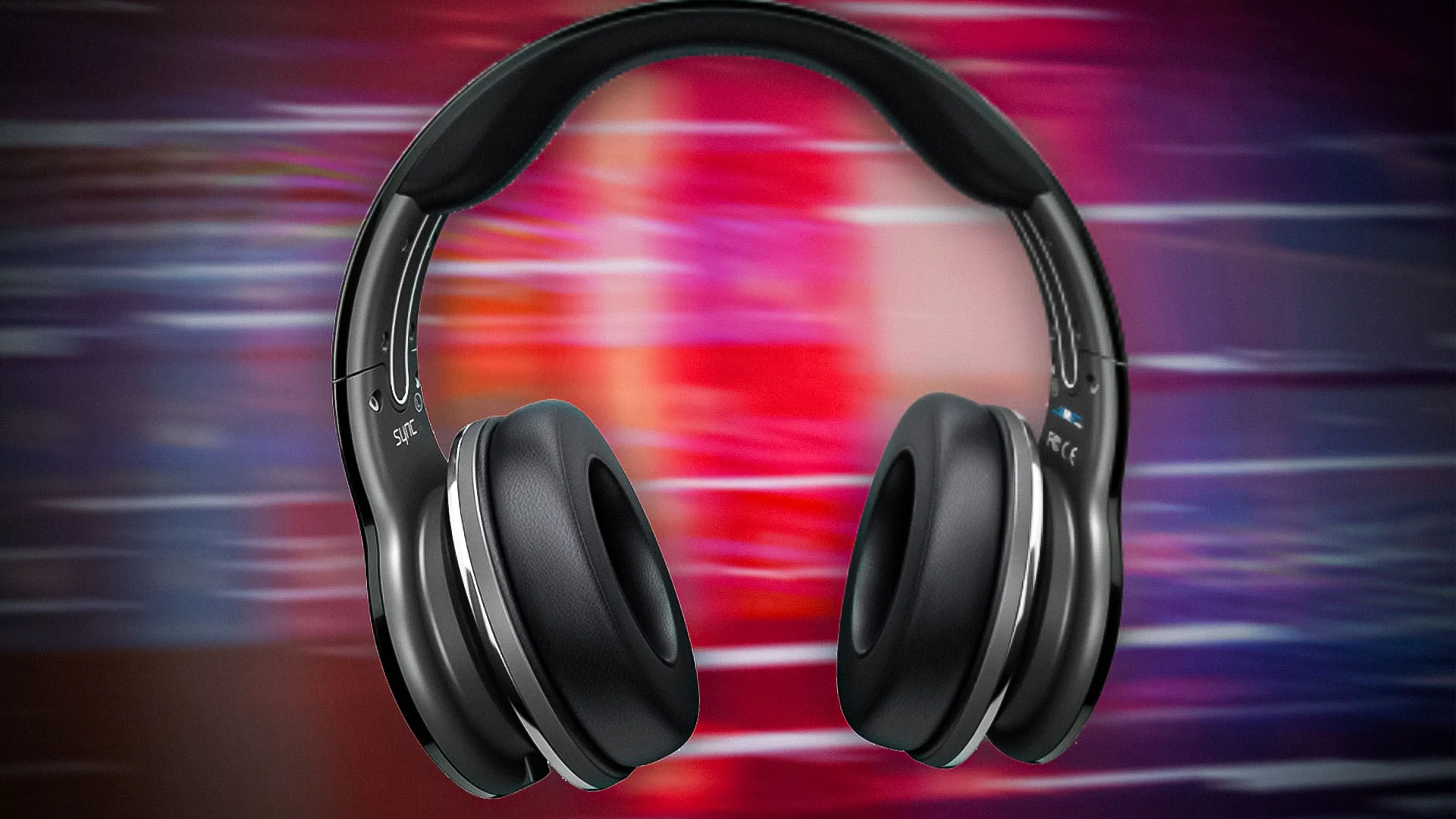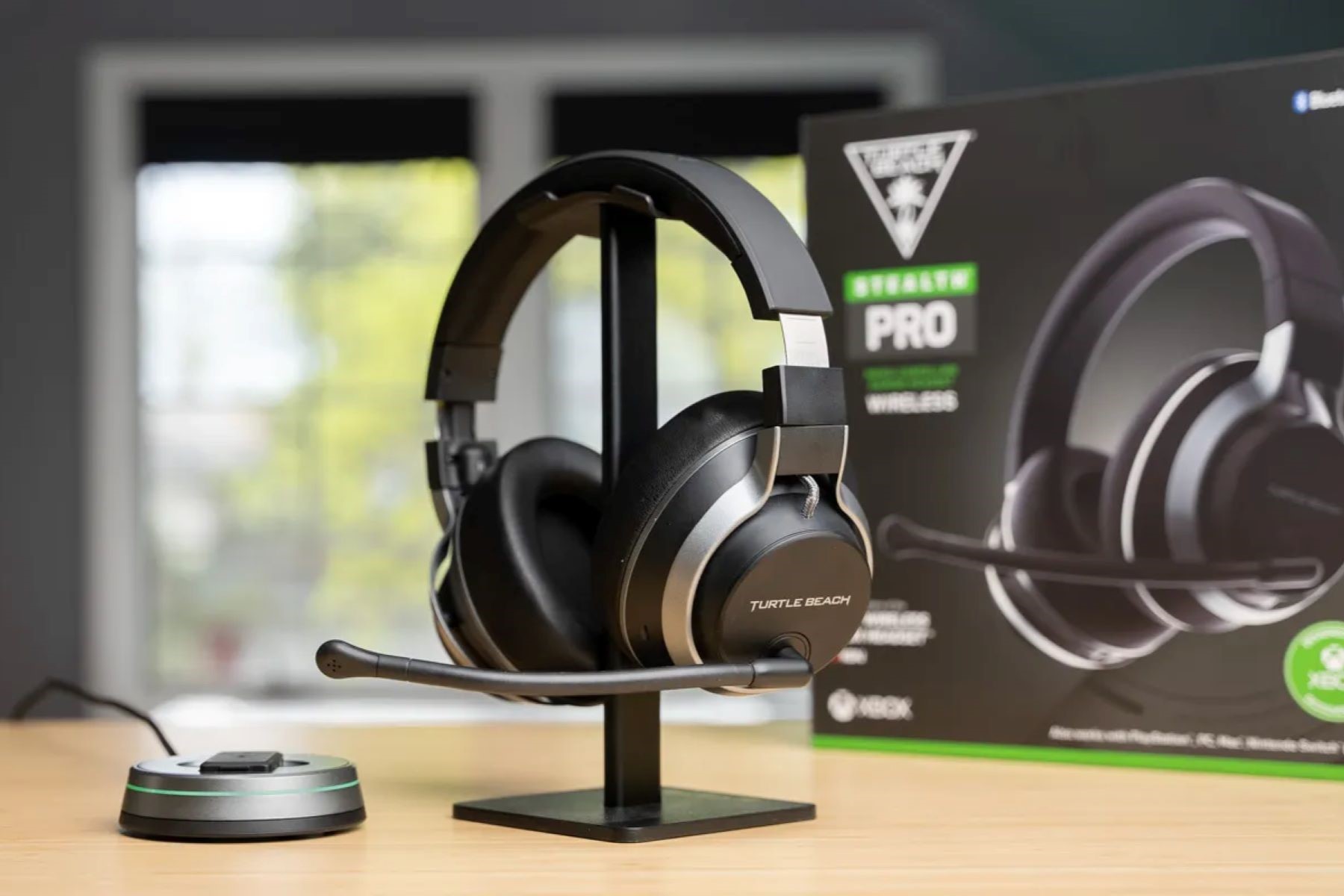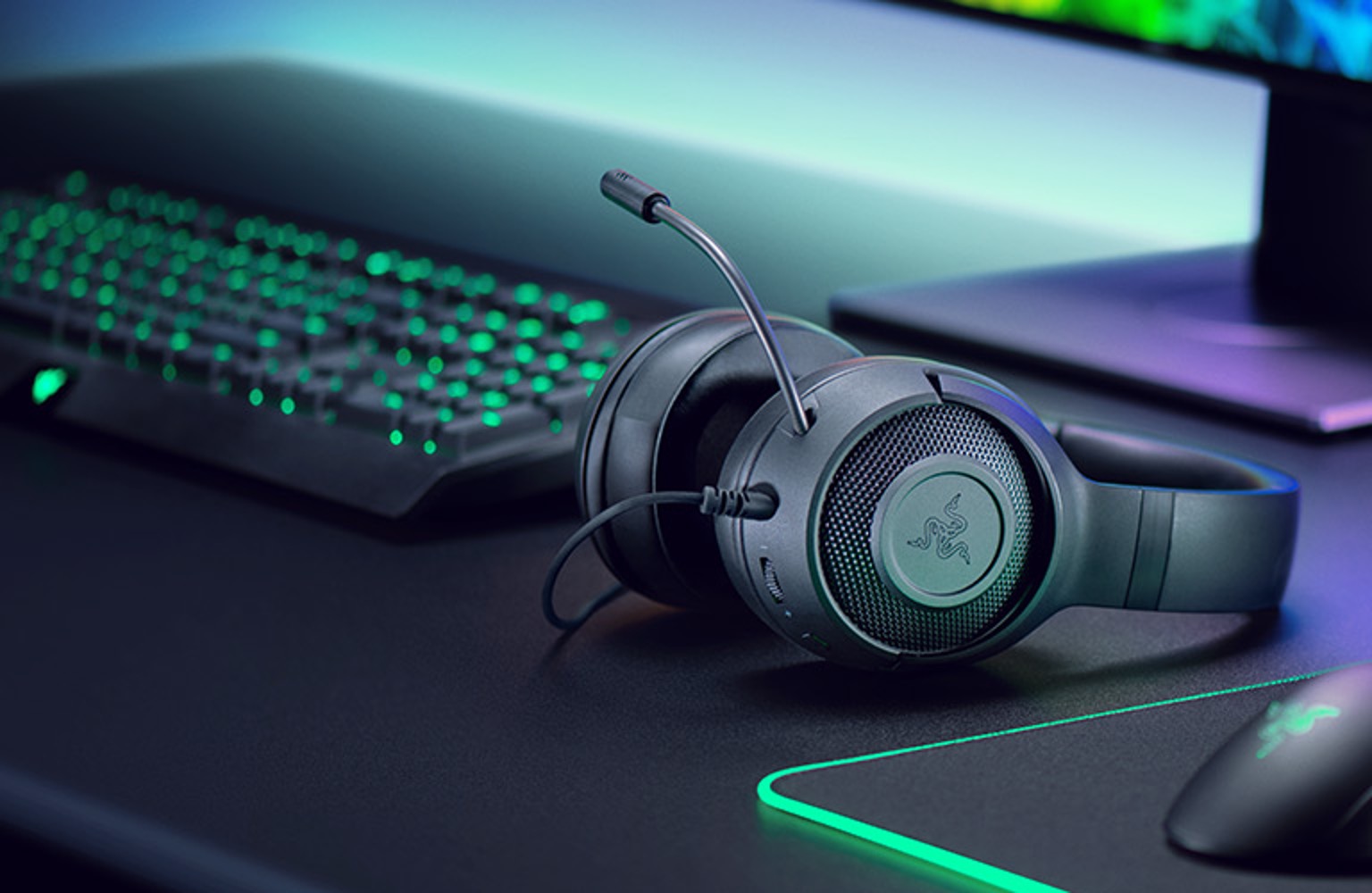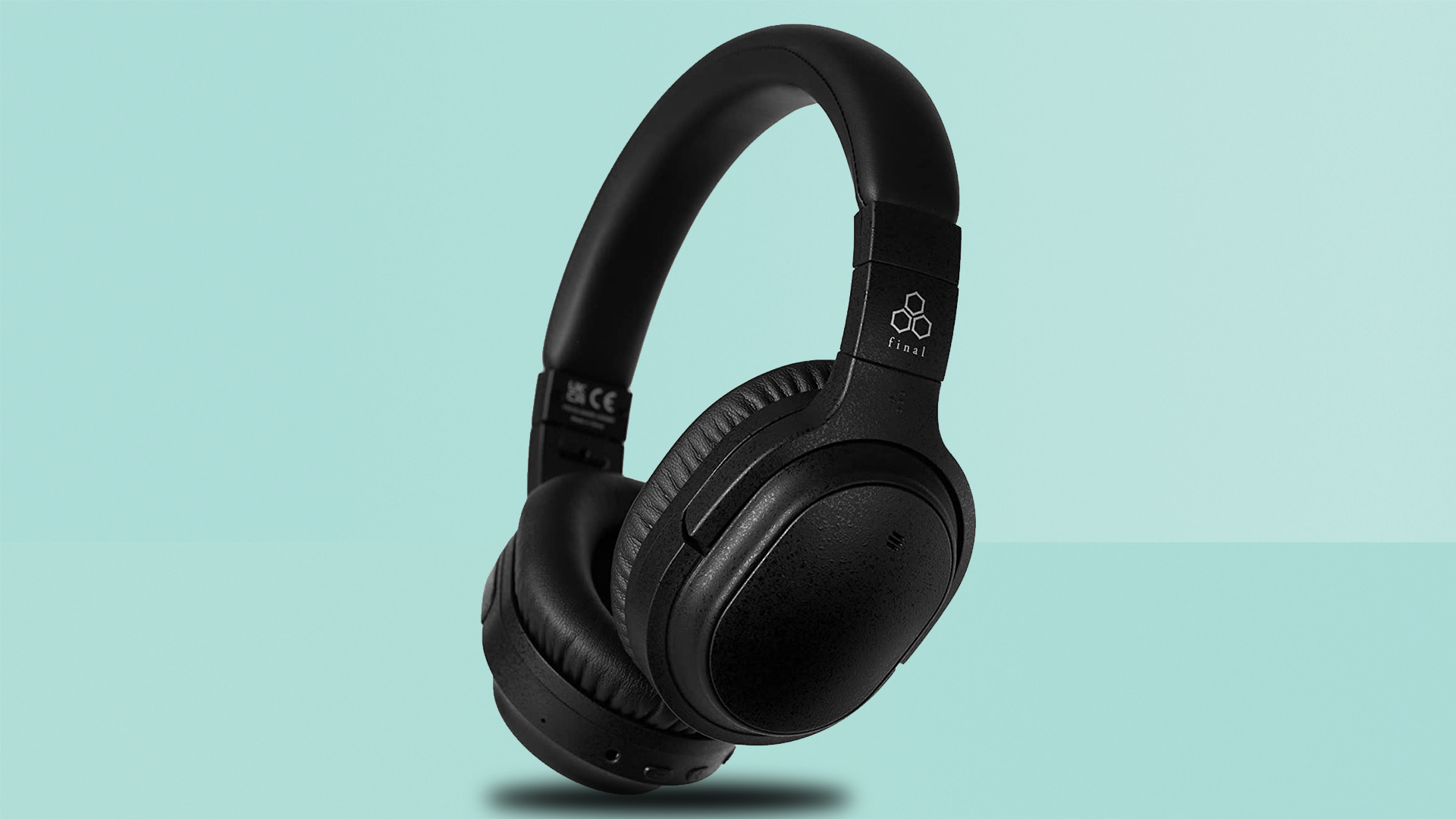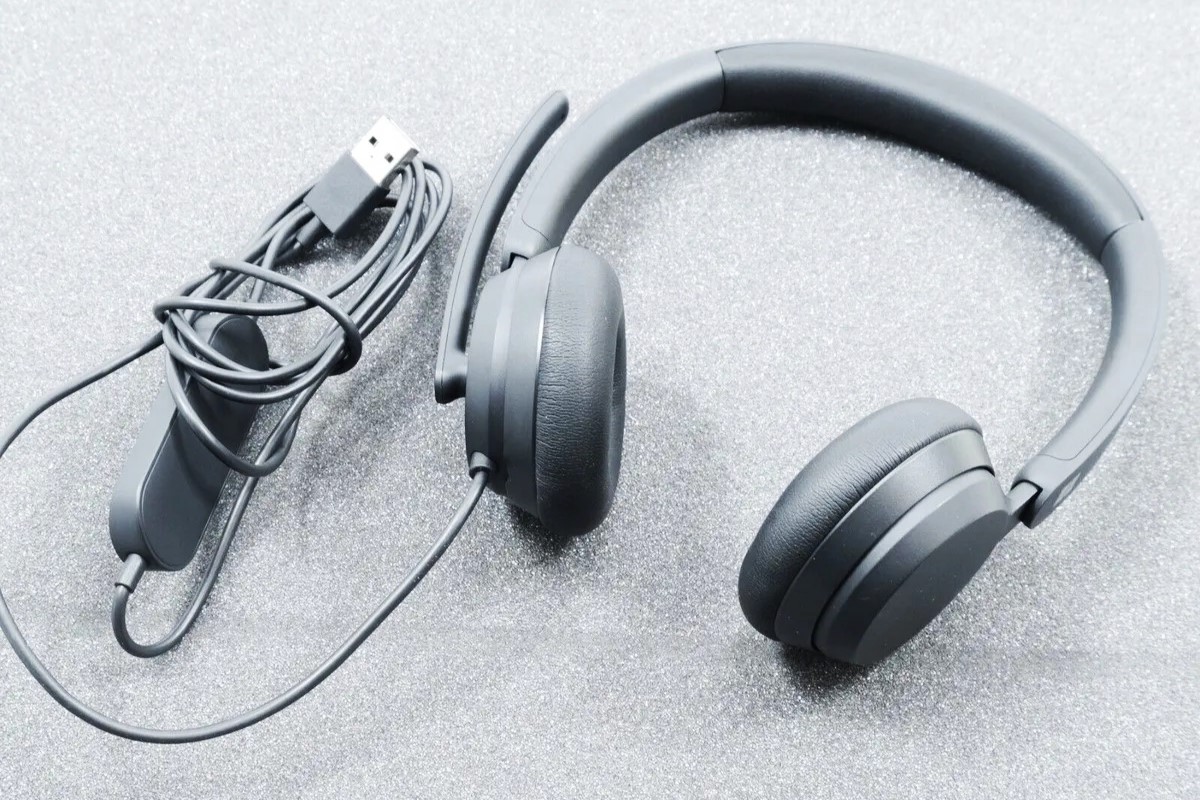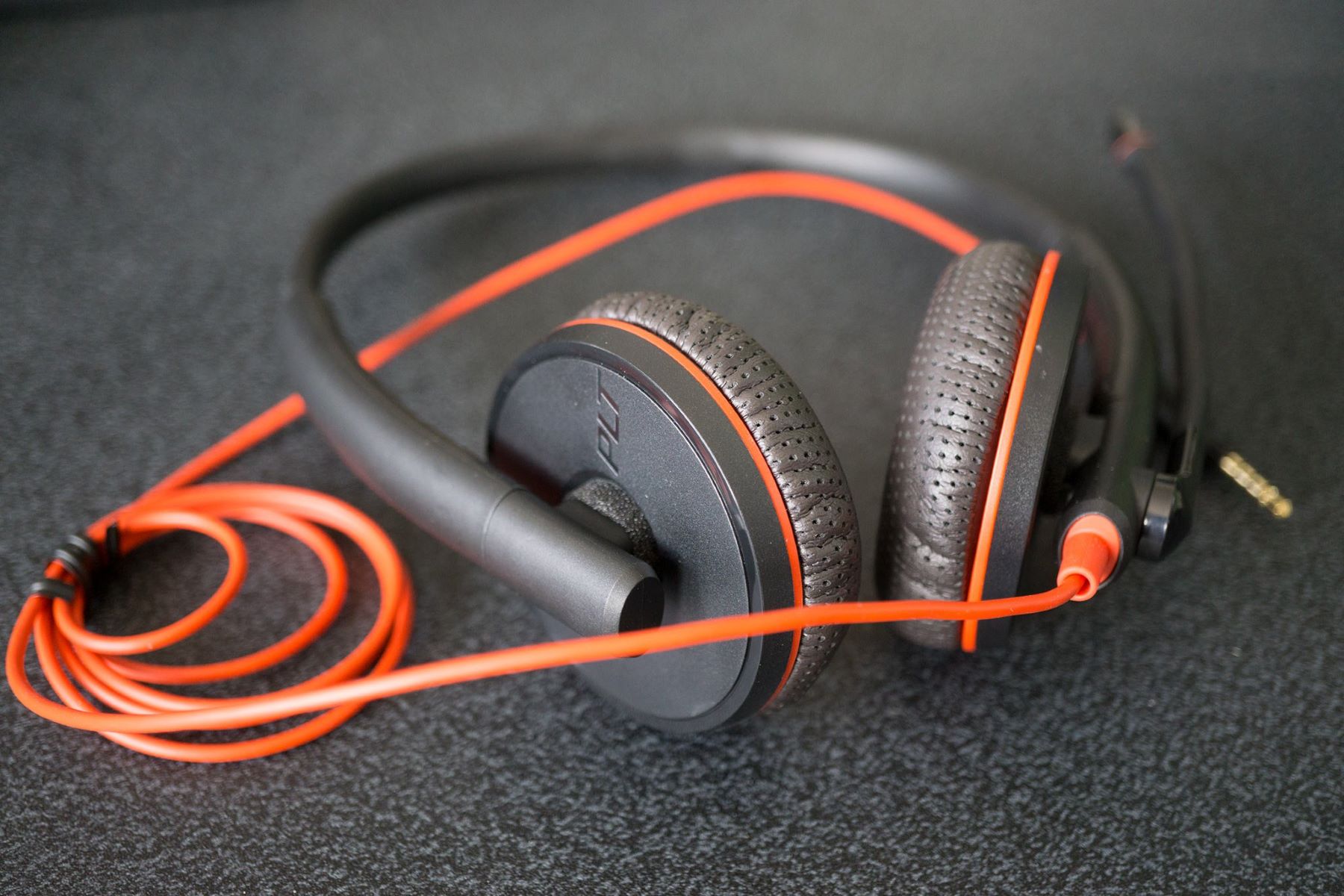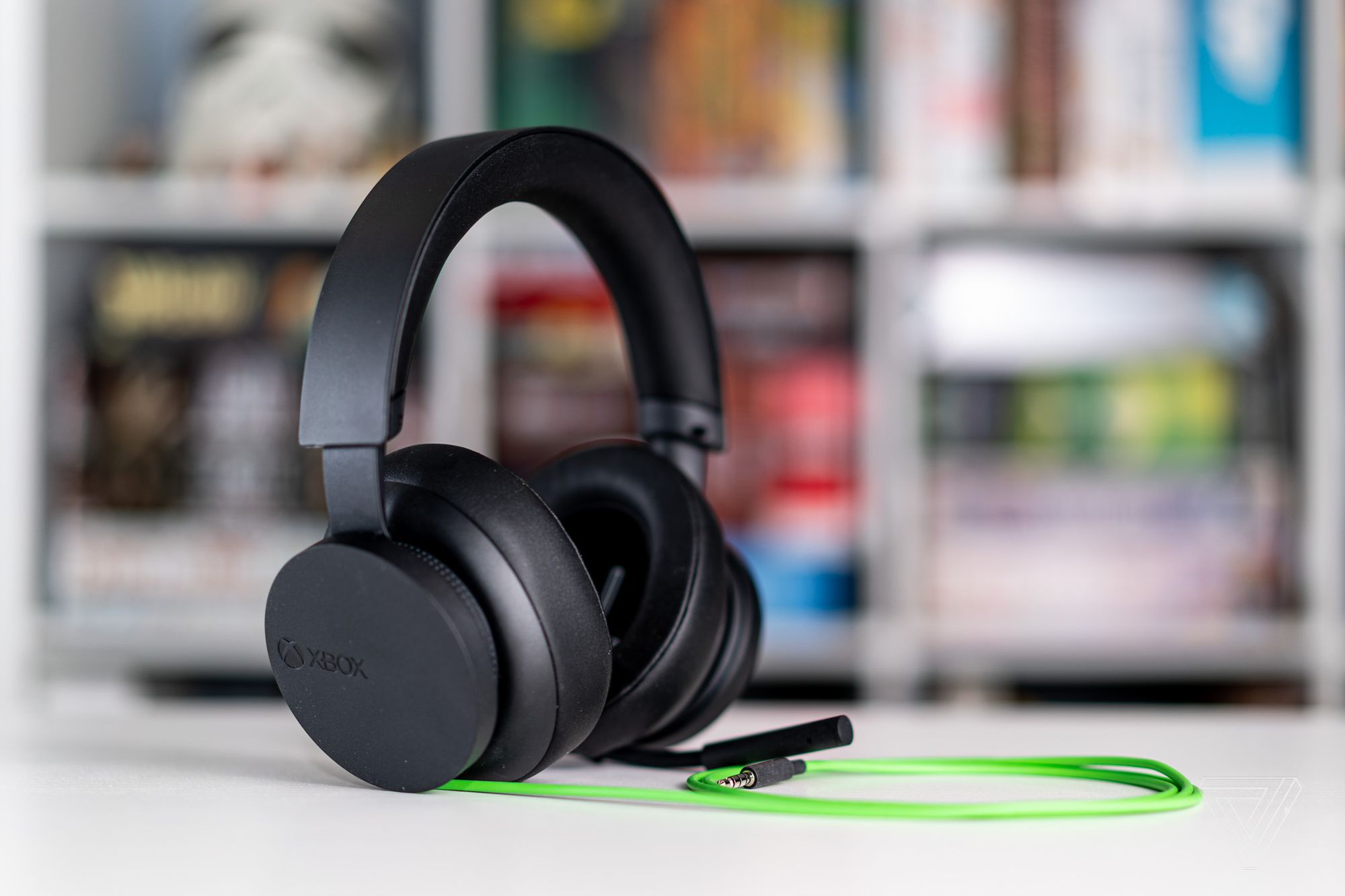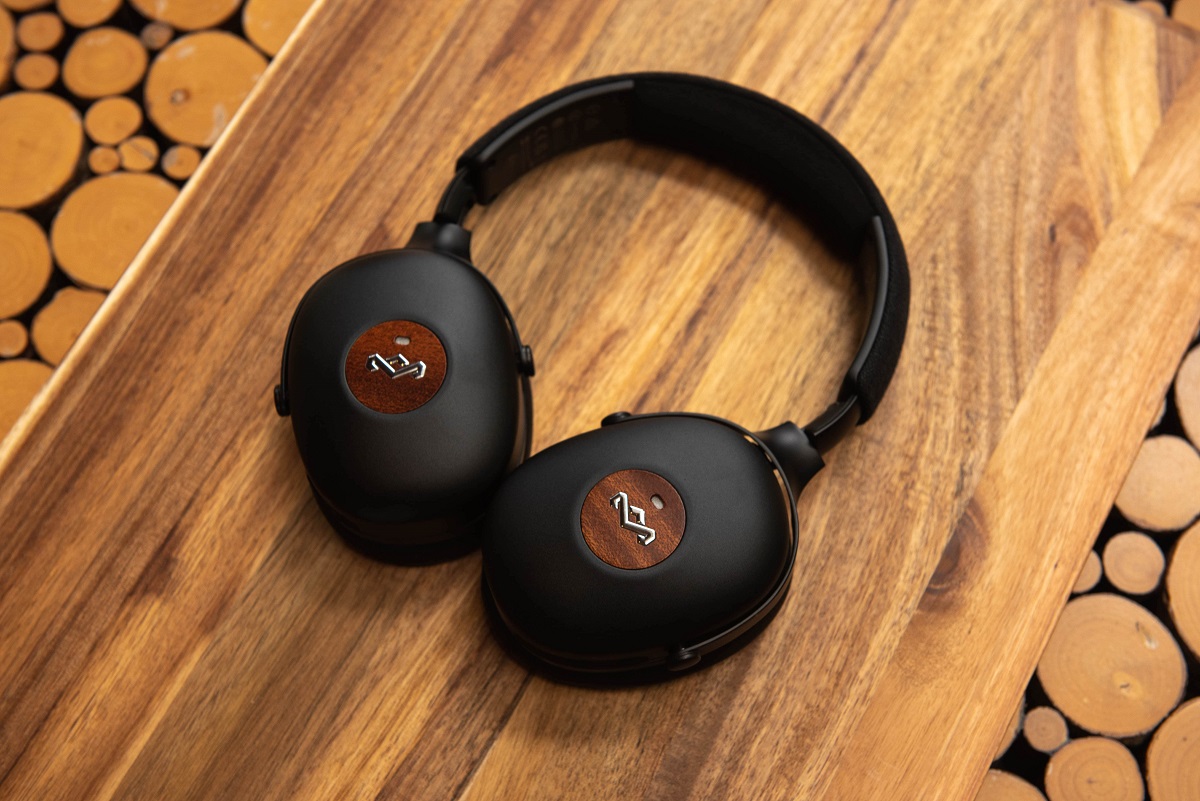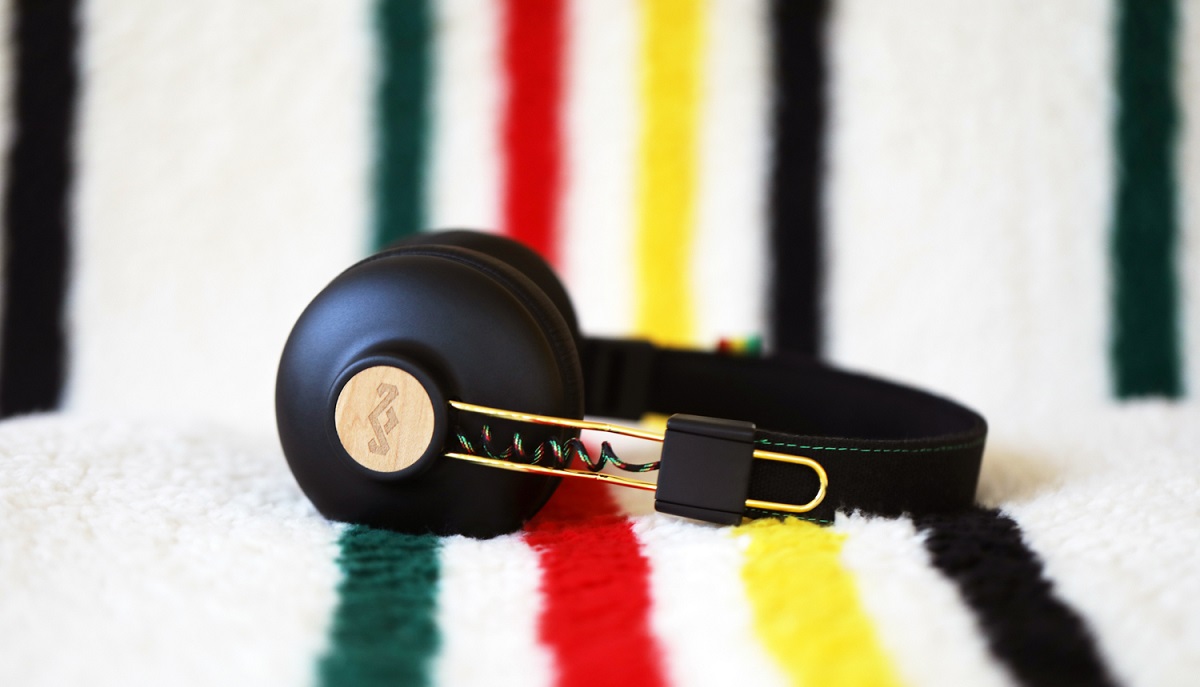Introduction
Are you tired of struggling with muffled audio while using your headset? It's frustrating to deal with distorted sound when you're trying to enjoy your favorite music, have a clear conversation during a video call, or immerse yourself in the world of gaming. Muffled audio can significantly detract from the overall experience and leave you feeling exasperated. However, fear not, as there are effective troubleshooting steps that can help you rectify this issue and restore crystal-clear audio to your headset.
Whether you're using a wired or wireless headset, encountering muffled audio can be a common occurrence. This problem can stem from a variety of factors, including dirt and debris accumulation in the headset, incorrect audio settings, or even hardware malfunctions. Understanding the potential causes of muffled audio is the first step toward addressing the issue and reclaiming the high-quality sound you deserve.
In this comprehensive guide, we'll delve into the common issues that lead to muffled audio, and we'll equip you with practical troubleshooting steps to alleviate this nuisance. From simple cleaning techniques to adjusting your device's audio settings and identifying potential hardware issues, we've got you covered. By following these steps, you can bid farewell to muffled audio and revel in the crisp, vibrant sounds delivered by your headset.
So, if you're ready to bid adieu to the frustration of muffled audio and elevate your auditory experience, let's embark on this troubleshooting journey together. With the right knowledge and a proactive approach, you'll soon be enjoying clear, immersive audio without the pesky interference of muffled sound. Let's dive into the solutions and restore the full potential of your headset's audio capabilities.
Common Issues with Muffled Audio
Muffled audio can be a source of immense frustration for headset users, as it significantly diminishes the overall audio experience. Understanding the common issues that lead to muffled audio is essential for effectively troubleshooting and resolving this vexing problem. Here are the primary culprits behind muffled audio:
-
Accumulated Dirt and Debris: Over time, headsets can accumulate dust, dirt, and debris, particularly in the ear cups and around the speaker components. This buildup can obstruct sound waves and lead to muffled audio output. Additionally, if the microphone is clogged with debris, it can affect the clarity of your voice during calls and online gaming.
-
Incorrect Audio Settings: Misconfigured audio settings on your device or application can also cause muffled audio. For instance, if the equalizer settings are skewed or if the audio output is set to a low quality, it can result in distorted and muffled sound.
-
Hardware Malfunctions: In some cases, muffled audio may stem from hardware malfunctions within the headset. This could include issues with the speaker drivers, damaged wiring, or a faulty connection. Identifying and addressing these hardware-related problems is crucial for restoring clear audio output.
-
Worn or Damaged Ear Pads: The ear pads of a headset play a crucial role in sound isolation and quality. If the ear pads are worn out or damaged, they may not create a proper seal around the ears, allowing external noise to interfere with the audio and causing muffled sound.
-
Wireless Interference: For users of wireless headsets, interference from other electronic devices or wireless networks can lead to muffled audio. Signal disruptions and interference can compromise the transmission of audio data, resulting in degraded sound quality.
By recognizing these common issues, you can effectively narrow down the potential causes of muffled audio and proceed to address them through targeted troubleshooting steps. Identifying the specific issue affecting your headset's audio output is the first step toward restoring clear and vibrant sound quality.
Troubleshooting Steps
Resolving muffled audio issues with your headset involves a systematic approach to identify and address the underlying causes. By following these troubleshooting steps, you can effectively tackle the problem and restore pristine audio quality to your headset.
Cleaning Your Headset
One of the most common reasons for muffled audio is the accumulation of dirt, dust, and debris in the headset's components. To address this, begin by gently cleaning the ear cups, speakers, and microphone using a soft, dry cloth. For stubborn debris, lightly dampen the cloth with a mild cleaning solution or isopropyl alcohol, ensuring that no liquid enters the internal components. Additionally, carefully remove and clean the ear pads, as they can harbor dirt and affect sound isolation. Regular cleaning maintenance can prevent muffled audio caused by dirt buildup and ensure optimal audio performance.
Adjusting Your Audio Settings
Check the audio settings on your device or application to ensure they are configured for optimal sound output. Verify that the equalizer settings are balanced and not favoring a specific frequency range, as this can lead to muffled or distorted audio. Additionally, confirm that the audio output is set to the highest quality available and that any audio enhancements or effects are appropriately configured. By fine-tuning the audio settings, you can mitigate muffled audio and achieve a more immersive and clear sound experience.
Checking for Hardware Issues
Inspect the physical components of your headset for any signs of damage or malfunction. Ensure that the speaker drivers are free from damage and that the wiring is intact and securely connected. If using a wired headset, check for any fraying or kinks in the cable that could impede audio transmission. For wireless headsets, ensure that the connection to the device is stable and free from interference. Addressing hardware issues promptly can prevent muffled audio and prolong the lifespan of your headset.
By systematically implementing these troubleshooting steps, you can effectively address the common issues that lead to muffled audio in your headset. Whether it's through regular cleaning maintenance, adjusting audio settings, or identifying and resolving hardware-related issues, you can reclaim the exceptional audio quality that your headset is designed to deliver. Implementing these steps proactively can enhance your overall audio experience and ensure that muffled audio becomes a thing of the past.
Cleaning Your Headset
One of the most common reasons for muffled audio in headsets is the accumulation of dirt, dust, and debris within the headset's components. Over time, particles from the environment, dead skin cells, and oils from the skin can build up on the ear cups, speakers, and microphone, leading to compromised audio quality. To address this issue, it's essential to incorporate regular cleaning maintenance into your headset care routine.
Begin by gently wiping down the exterior surfaces of the headset, including the ear cups and headband, with a soft, dry cloth. This initial step helps remove surface-level dust and particles that may be contributing to muffled audio. For stubborn debris or oily residue, lightly dampen the cloth with a mild cleaning solution or isopropyl alcohol. It's crucial to exercise caution and ensure that no liquid enters the internal components of the headset during the cleaning process.
When cleaning the ear cups, pay close attention to the speaker grills and the surrounding areas. Use a gentle, circular motion to remove any buildup of dirt and debris. If the ear pads are detachable, carefully remove them and clean both the pads and the attachment points on the headset. This thorough cleaning process helps prevent the accumulation of dirt and ensures that the ear pads maintain their effectiveness in providing sound isolation and comfort.
For the microphone, use a soft brush or cloth to remove any debris that may be obstructing the sound input. Pay attention to the microphone mesh or openings and gently clear away any buildup that could be affecting the clarity of your voice during calls and online gaming sessions.
In addition to external cleaning, it's important to periodically remove and clean the ear pads, especially if they are made of fabric or porous materials. Follow the manufacturer's guidelines for removing and cleaning the ear pads to prevent damage and maintain their integrity. By keeping the ear pads clean and free from dirt and oils, you can ensure that they create a proper seal around the ears, contributing to improved sound isolation and audio quality.
Incorporating these cleaning practices into your headset maintenance routine can significantly reduce the likelihood of muffled audio caused by dirt and debris accumulation. By maintaining a clean and well-cared-for headset, you can enjoy consistent, high-quality audio performance without the interference of muffled sound. Regular cleaning not only enhances the longevity of your headset but also contributes to a more hygienic and enjoyable listening experience.
Adjusting Your Audio Settings
Ensuring that your device's audio settings are optimized is crucial for mitigating muffled audio and enhancing your overall listening experience. Whether you're using a computer, gaming console, or mobile device, understanding and adjusting the audio settings can significantly impact the clarity and richness of the sound produced by your headset.
Begin by accessing the audio settings on your device or the specific application through which you're using the headset. Look for options related to equalization, audio output quality, and any additional sound enhancements or effects. By carefully reviewing and adjusting these settings, you can effectively address potential causes of muffled audio.
One key aspect to consider is the equalizer settings, which control the balance of frequencies in the audio output. Misconfigured equalizer settings can lead to muffled or distorted sound, particularly if certain frequency ranges are overly accentuated or attenuated. Aim to achieve a balanced equalization that allows for clear representation of low, mid, and high frequencies, ensuring a well-rounded and natural sound output.
Additionally, verify that the audio output quality is set to the highest available option on your device. This ensures that the audio data transmitted to your headset is of optimal quality, minimizing the risk of distortion or muffled sound. Selecting a lower audio quality setting can compromise the fidelity of the audio and contribute to a less immersive listening experience.
Some devices and applications offer audio enhancement features, such as virtual surround sound, spatial audio, or dynamic equalization. While these features can enhance the overall audio experience, it's important to ensure that they are configured appropriately. Improperly configured audio enhancements can lead to unnatural sound reproduction and potentially introduce muffled or distorted audio artifacts.
When adjusting the audio settings, consider the specific use case for your headset. For example, if you primarily use your headset for music listening, prioritize settings that deliver a balanced and detailed sound profile. If gaming is your primary use, ensure that the audio settings are optimized for spatial awareness and directional audio cues.
Regularly reviewing and fine-tuning your device's audio settings can help maintain optimal audio quality and prevent muffled sound issues. By taking a proactive approach to adjusting and optimizing the audio settings, you can elevate your listening experience and fully appreciate the capabilities of your headset.
Remember, the goal of adjusting your audio settings is to achieve a natural, clear, and immersive sound output that brings out the best in your headset's audio capabilities. By customizing the settings to suit your preferences and usage scenarios, you can enjoy a consistently exceptional audio experience without the interference of muffled sound.
Checking for Hardware Issues
When troubleshooting muffled audio in your headset, it's essential to thoroughly examine the hardware components for any signs of damage or malfunction. Hardware-related issues can significantly impact the audio output of your headset, and addressing these potential issues is crucial for restoring clear and vibrant sound quality.
Begin by inspecting the physical integrity of the headset, focusing on key components such as the speaker drivers, wiring, and connection points. Examine the speaker drivers, which are responsible for producing sound, to ensure they are free from damage or distortion. Any physical damage to the speaker drivers can impede their ability to accurately reproduce audio, leading to muffled or distorted sound output. Additionally, check for any obstructions that may be affecting the movement of the speaker drivers, as this can also contribute to compromised audio quality.
Next, carefully examine the wiring of the headset, particularly if you're using a wired configuration. Look for any signs of fraying, kinks, or exposed wires along the length of the cable. Damaged wiring can disrupt the transmission of audio data, resulting in muffled sound or intermittent audio output. If any issues are detected, consider replacing the cable with a high-quality, compatible replacement to ensure reliable audio transmission.
For wireless headsets, pay close attention to the stability of the wireless connection and potential sources of interference. Wireless interference from other electronic devices or nearby wireless networks can disrupt the transmission of audio data, leading to degraded sound quality and muffled audio. Ensure that the wireless connection between the headset and the paired device remains stable and free from external interference. Relocating the wireless transmitter or adjusting the positioning of the paired device can help mitigate potential interference issues.
In addition to the speaker drivers and wiring, inspect the connection points of the headset for any loose or damaged components. Whether it's the audio jack, USB connector, or wireless receiver, ensuring a secure and stable connection is essential for consistent audio performance. Loose connections can introduce audio artifacts and lead to muffled sound, so it's imperative to address any connectivity issues promptly.
By conducting a thorough assessment of the hardware components, you can identify and address potential sources of muffled audio in your headset. Whether it's damage to the speaker drivers, compromised wiring, wireless interference, or connectivity issues, addressing these hardware-related issues is instrumental in restoring the exceptional audio quality your headset is designed to deliver. Taking proactive measures to maintain the integrity of the hardware components can help prevent muffled audio issues and ensure a consistently immersive and enjoyable listening experience.
Conclusion
In conclusion, troubleshooting muffled audio in your headset is a manageable endeavor that can yield significant improvements in your overall audio experience. By addressing common issues such as dirt and debris accumulation, misconfigured audio settings, and potential hardware malfunctions, you can effectively mitigate the nuisance of muffled audio and restore pristine sound quality to your headset.
The process begins with proactive cleaning maintenance, ensuring that your headset remains free from dirt, dust, and debris that can obstruct sound waves and lead to muffled audio output. Regularly cleaning the ear cups, speakers, microphone, and detachable ear pads helps prevent the buildup of particles that can compromise sound quality. By incorporating these cleaning practices into your headset care routine, you can minimize the risk of muffled audio caused by environmental factors.
Furthermore, adjusting your device's audio settings plays a pivotal role in optimizing sound output and mitigating muffled audio issues. By carefully reviewing and fine-tuning the equalizer settings, audio output quality, and any audio enhancements or effects, you can achieve a balanced and immersive sound profile that brings out the best in your headset's capabilities. Tailoring the audio settings to suit your specific usage scenarios, whether it's music listening, gaming, or communication, ensures a consistently exceptional audio experience without the interference of muffled sound.
Lastly, conducting a thorough assessment of the hardware components of your headset is essential for identifying and addressing potential sources of muffled audio. Inspecting the speaker drivers, wiring, wireless connectivity, and connection points allows you to identify and rectify hardware-related issues that may be impacting the audio output. By maintaining the integrity of the hardware components and addressing any signs of damage or malfunction, you can safeguard the exceptional audio quality your headset is designed to deliver.
By embracing these troubleshooting steps and integrating them into your headset maintenance routine, you can bid farewell to the frustration of muffled audio and elevate your auditory experience. Whether you're an avid music enthusiast, a dedicated gamer, or someone who relies on clear communication through headsets, the proactive approach to troubleshooting muffled audio ensures that you can fully appreciate the immersive and vibrant sound offered by your headset.
In essence, troubleshooting muffled audio in your headset empowers you to reclaim the full potential of your audio experience, free from the interference of compromised sound quality. With a combination of regular cleaning maintenance, optimized audio settings, and vigilant hardware assessment, you can enjoy consistent, high-quality audio performance and immerse yourself in the captivating world of sound without the hindrance of muffled audio.







